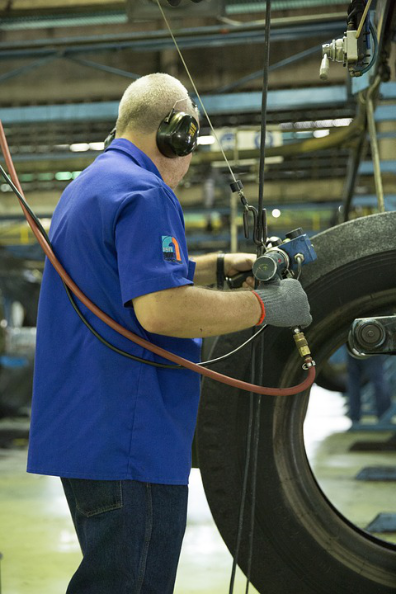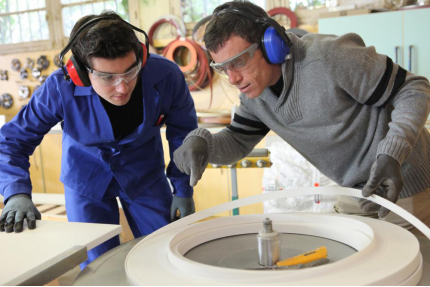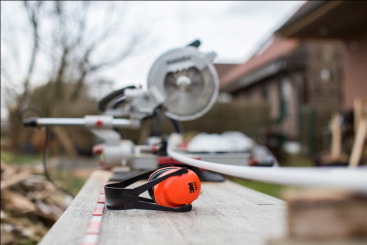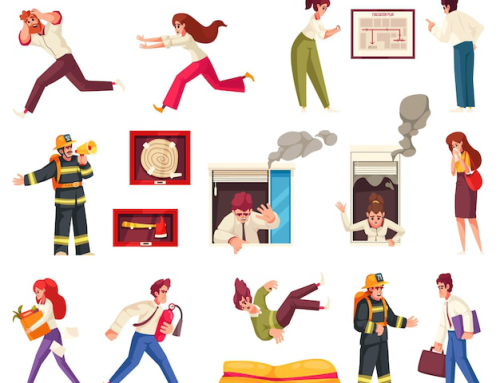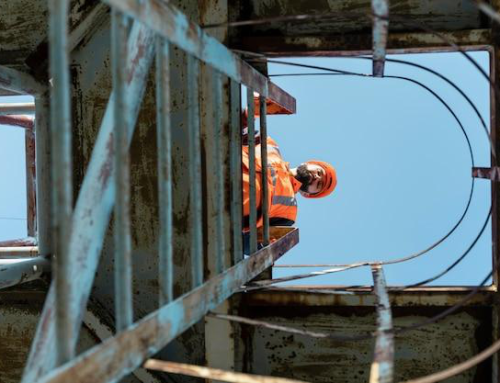With construction and infrastructure projects hitting an all-time high in Canada, comes an increased risk of noise pollution.
Not only is noise pollution bad for the surrounding environment and neighbourhoods, operating loud machinery and working on construction sites can result in noise-related injuries for workers.
A research study found that there was a high fatality rate among workers in Quebec, Canada owing to occupational noise hazards in the workplace.
This blog will take an in-depth look into noise pollution at work and analyze the adverse effects of noise on the health of workers.
Main Sources Of Noise At Work
It’s not only construction sites that have loud machinery producing noise pollution. Other occupational industries contribute through loud music (entertainment), electrical tools (mining), production lines (factory), electrical motors and generators (offices).
Hearing Impairment
According to the reports published by Health Canada, approximately 9,000 workers in Canada suffer from hearing impairment every year due to noise from machinery.
Overexposure to loud noises from machines, equipment, and power tools create an unsafe environment for workers. It damages their inner ear, resulting in a partial hearing loss in one or both the ears.
Noise-Induced Hearing Loss (NIHL)
Prolonged exposure to noisy machines and loud equipment can result in Noise-Induced Hearing Loss (NIHL). The inability to hear affects the way workers communicate with each other. Early signs of NIHL include high-pitched sharp ringing in the ears. Tinnitus is the first sign of ear damage and continued exposure to blasting noise (above 100 decibels) is likely to increase the risk of permanent hearing loss.
Besides having trouble listening to music and TV at a low volume, people with NIHL also develop serious health conditions like raised blood pressure, hypertension and gastric ulcers.
Increased Risk Of Accidents
With deafening machine noises and loud construction trucks working to dig holes in the ground and cut metal, is an increased risk of accidents.
Loud noises have a tendency to overpower workplace conversations making it difficult for people to understand each other.
Besides defaulting in understanding speech, workers are often unable to safely signal their colleagues to start, stop or move a vehicle forward.
It also distracts workers from their individual tasks and makes them clumsier and jumpy while handling sharp tools and knives.
Reducing Noise Pollution In The Workplace
Steps have been taken by the Canadian Standards Association (CSA) to reduce workplace noise pollution.
They’ve released the Noise Emission Declarations for Machinery that enjoins manufacturers to invest in machinery that is compliant with the noise standards set by the agency.
Workplace safety is not limited to physical protection from falls, scratches, and lacerations. Your Personal Protective Equipment (PPE) must include earmuffs to protect ears from noise pollution as well.
Teach your workers the importance of safety and enrol in workplace safety courses in BC, Canada.
We provide stellar workplace safety training at Metro Safety to ensure efficient productivity and health of workers.
Besides offering occupational first aid courses, we also provide Canadian Red Cross Emergency First Aid Courses in BC.
Get in touch with us at 604-521-4227 to schedule safety and first aid training courses!


